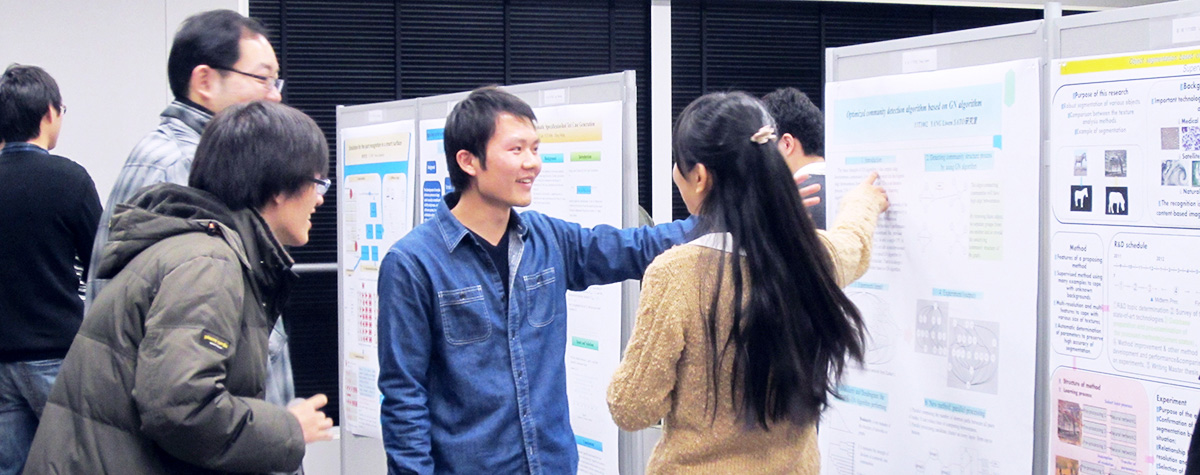Topics: Media Science
This field of study engages in education and research of cutting-edge virtual reality and multimedia processing technology dealing with geometric modeling and representation of shapes, real-time rendering and GPU design in computer graphics, 3D computer animation, image processing and pattern recognition, audio, acoustic and speech signal processing.
Index of professors in this research area
Prof. Hiroshi HANAIZUMI
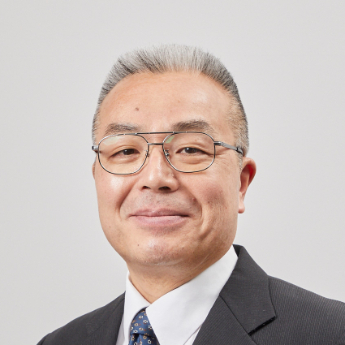
Multi-dimensional Image Processing Lab
Hiroshi HANAIZUMI
Professor (Digital Media, Graduate School)
Ph.D. (Communication Engineering)
Research area:
- Image Processing
Hiroshi HANAIZUMI was born in Fukushima, Japan on February 16, 1956. He received the B.Sc. degree in communication engineering from the University of Electro-Communications, Tokyo, Japan, in 1978, and the M.Sc. and Dr. Eng. Degrees in instrumentation physics from The University of Tokyo, Japan, in 1980 and 1987, respectively. From 1981 to 1987 he was a research assistant at the Department of Mathematical Engineering and Information Physics, The University of Tokyo. He joined Hosei University in 1987 as a Lecturer in the Department of Industrial and Systems Engineering, and was an Associate Professor from 1989 to 1995, and has been a Professor since 1996. Since 2000, he has been a Professor at the Faculty of Computer and Information Sciences, Hosei University.
His current research areas include remote sensing, face recognition and 3D medical image processing.
He is a member of the IEEE Computer Society, Geoscience and Remote Sensing Society, Institute of Electronics, Information and Communication engineers, and Society of Instrument and Control Engineers.
Message
My research focuses on image processing and recognition. Images have much information on the objects, for example, remotely sensed images include spectral, spatial and temporal information about terrain objects, and face images personal information. The main purpose of the image processing is to extract the information by using various techniques. Noise reduction is one of very important processing in these techniques. The information extracted is then generalized with the physical properties (priori information) and is used for recognizing “what or how is the object”. The recognized results are used as sources of digital media. I want to realize smart recognition like human. My current research interests are image processing in remote sensing, medical image processing and person recognition from face image. My hobbies are reading and gardening.
Prof. Katunobu ITOU
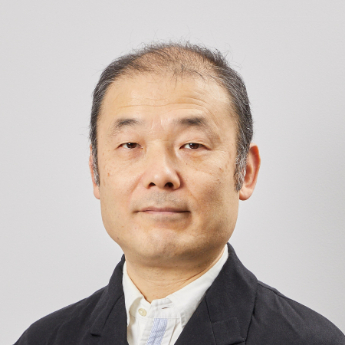
Speech, Audio and Language Processing Lab
Katunobu ITOU
Professor (Digital Media, Graduate School)
Ph.D. (Communication Engineering)
Research area:
- Speech Recognition
- Multi-Modal Dialog System
- Speech Interface
Katunobu ITOU received the B.E., M.E. and Ph.D degress in computer science from Tokyo Institute of Technology in 1988, 1990 and 1993 respectively. From 2003 to 2006, he was an associate professor at Graduate School of Information Science of the Nagoya University. In 2006, he joined the Faculty of Computer and Information Sciences at Hosei University, Japan, as a Professor.
His current research interest is spoken language processing.
He is a member of the Information Processing Society of Japan and the Acoustical Society of Japan.
Prof. Yasunari ZEMPO
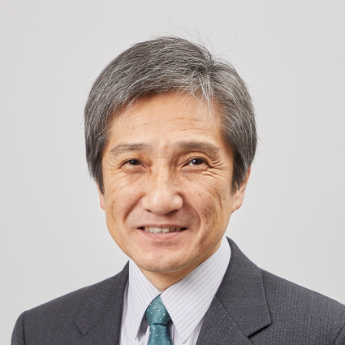
Computational Physics Lab
Yasunari ZEMPO
Professor (Digital Media, Graduate School)
Ph.D. (Physics)
Research area:
- Computational materials science
- Development of computational techniques for material design and property prediction
- Large-scale parallel computing
Yasunari ZEMPO was born in Kure, Japan on May 18, 1956. He received the B.S. and M.S. degree from Hiroshima University in 1980, and 1982, respectively. In the field of theoretical materials science, he received Ph.D. in physics from Hiroshima University, Japan in 1985. He was formerly with Tsukuba Research Laboratory, Sumitomo Chemical, where he was engaged in the computational materials science, and its practical applications using very large scale computers. He was an experienced researcher in the industry, until he joined the faculty of Computer and Information Sciences at Hosei University, in 2009.
His current research areas include computational materials science, and computational physics as well as high performance computing.
He is a member of the physical society of Japan, American physical society, and the Japan society for industrial and applied mathematics.
Message
Our society owes its present prosperity to its industrial growth, which is right now realized by computer-simulation based researches. This new type of research is now extensively being applied to all fields of science and engineering. We hope to contribute to the society through our simulation techniques. If you would like to learn the necessary basic skills and techniques, just visit us. Recent computational techniques can be experienced through solving various practical-level exercises and programming.
Prof. Takafumi KOIKE

Computational Reality Lab
Takafumi KOIKE
Professor (Digital Media, Graduate School)
Ph.D. (Information and Communication Engineering)
Research area:
- Media technologies connected between real world and cyber world
- Real-time computer graphics
- Augmented reality
- Computational photography
- 3D imaging
Takafumi Koike received the B.S. in physics from Tokyo Institute of Technology, the M.E. in mathematical engineering and information physics from The University of Tokyo, and Ph.D. in information and communication engineering from The University of Tokyo, in 1995, 1997, and 2009, respectively. He was formerly a senior researcher at Yokohama Research Laboratory, Hitachi, Ltd. Since 2013, he has been a professor at the Faculty of Computer and Information Sciences, Hosei University.
His research interests include media technologies connected between real world and cyber world, light field displays, computational photography, and virtual/augmented/mixed reality.
He is a member of the ACM,
the IEEE, and the OSA.
Message
I want to create a richer society by media technologies. One of my favorite texts is “Think like an amateur and execute like an expert (by Prof. Kanade, CMU)”. If you feel empathy for this text, please contact me!
Prof. Syuhei SATO
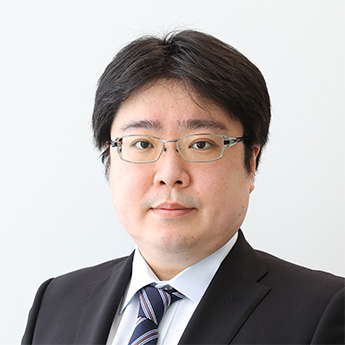
Computer Graphics Lab
Syuhei SATO
Associate Professor (Digital Media, Graduate School)
Ph.D. (Information Science)
Research area:
- Computer graphics
- Image processing
- Virtual/Augmented reality
- User interface
Syuhei Sato received the B.E., M.E. and Ph.D in Information Science in 2009, 2011, and 2014, respectively, from Hokkaido University. He worked at Ubiquitous Entertainment Inc. (2014-2015), DWANGO Co., Ltd. (2015-2019), and Prometech Software, Inc. (2019) as a researcher on Computer Graphics. He was an assistant professor with the Faculty of Engineering, University of Toyama, Japan from 2019 to 2022. He has been an associate professor at the Faculty of Computer and Information Sciences, Hosei University since 2022. His research interests center in Computer Graphics including fluid simulation, editing and modeling.
Prof. Seishi TAKAMURA
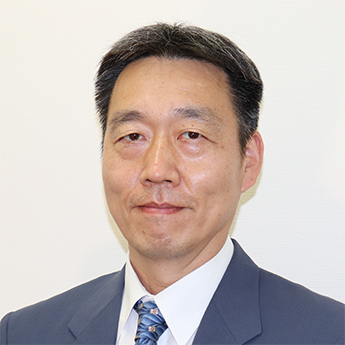
Media Information Processing Lab
Seishi TAKAMURA
Professor (Digital Media, Graduate School)
Doctor (Engineering)
Research area:
- Image processing, Image compression
- Multi-modal information processing
- Point cloud data processing
- Encoding optimization of International video coding standards
Seishi TAKAMURA received the B.E., M.E. and Ph.D. degrees from the University of Tokyo in 1991, 1993 and 1996, respectively. In 1996 he joined Nippon Telegraph and Telephone (NTT) Corporation, where he has been engaged in research on efficient video coding and ultra-high quality video coding. He has fulfilled various duties in the research and academic community in current and prior roles including Associate Editor of IEEE Transactions on Circuits and Systems for Video Technology, Executive Committee Member of IEEE Tokyo Section, Japan Council and Region 10 (Asia-Pacific). He has also served as Chair of ISO/IEC JTC 1/SC 29 Japan National Body, Japan Head of Delegation of ISO/IEC JTC 1/SC 29, and as an International Steering Committee Member of the Picture Coding Symposium. From 2005 to 2006, he was a Visiting Scientist at Stanford University, California, USA. Since 2016 he has been a Senior Distinguished Engineer at NTT Media Intelligence Laboratories. Since 2022, he is a Professor of Hosei University, Japan and a Visiting Senior Distinguished Engineer of NTT Computer and Data Science Labs. Dr. Takamura is a Fellow of IEEE, IEICE, ITE and IPSJ, and a member of MENSA, APSIPA, SID and IIEEJ.
Message
I would like to emphasize that it is only through the accumulation of basic knowledge and the necessary detours that we can do fundamental and creative work that does not become obsolete. I believe that this should be acquired through one’s own experience and appropriate guidance from the time when one is a student with relatively ample time.
